The Immortal Feyflower
Whenever the heart of a Fey ceases to beat, a feyflower will blossom to mark the spot and memorialize the joy and life of the creature that can no longer partake of the wonders of Berdea's creations.
Note the exquisite structure and balance of the flower. Each petal much like all the others, and all arranged in perfect symmetry. It is clear that Father Berdea intended this flower to be a testament to the beauty and order of his works, as well as to the place the fey hold in the maintenance of that order.
Gremlinweed
In the time since Berdea created the Fey, other deities have appeared and made their mark upon Cartyion. Some of these lacked the power to create life from the magical energies that permeate the world, but they had the skill and ability to warp and twist life that existed into shapes and demeanors more suited to them. One of these - Gremdial of the Mysticar - twisted and adulterated Berdea's Fey into the creatures called Gremlins . As there are many Fey species, so too are there many Gremlin species - each tracing its origins back to one of Berdea's creations. While Gremdial was able to twist and reshape his targets, he could not completely alter their base nature. Thus, the Gremlins, like the Fey, are immortal - though killable. And when they do die, an analog of the feyflower grows to mark the place where they fell. Some call these darkflowers, or black feyflowers, but the most common name for them is gremlinweed.Basic Information
Anatomy
The fully grown size of the plant, and the specific color and petal structure of each feyflower are both dependent on the subspecies of Fey from which the flowers sprout. Thus, one well trained in the lore of the feyflower can determine whether the unfortunate creature that fell was a Brownie or Sprite, a Pixie or Nixie, or any of the other types of Fey.
Regardless of variety, the plants produce a faint, but exceptionally pleasant aroma that some say is capable of inducing a sense of mild euphoria. This aroma is commonly referred to as Berdea's Breath.
The nectar of the plant, when collected and properly refined, has magical properties.
Now you all know of the relationship between Fey and Gremlin... the latter were formed out of the former by Gremdial who deigned to pollute Father Berdea's beautiful works. Because of their heritage, Gremlins, too, are immortal, though subject to death by violence. And when killed, their immortal nature is also manifest by the growth of a plant. But, just as the Gremlins are dark and twisted caricatures of the Fey from which they were spawned, so too are the plants that mark their passing. They are but dark and twisted reflections of the feyflower.
Gremlinweed, like the creature it springs from, is a misshapen shadow of the form that Berdea intended. Like the feyflower, a single blossom from a single stem is found. While the leaves are still ligulate, they have irregular edges: sometimes serrate, sometimes undulate, sometimes both. The leaves may have colorations ranging from dark greens to blood reds and near blacks. The flower itself is irregularly shaped; always dark in color.
The aroma emitted from the flower extends the theme of the plant - and the creature from which it spawned - a distorted shadow of what Berdea intended. The scent is best defined as putrid, reminiscent of rotting meat. Where bees and hummingbirds are attracted to the blossoms of the feyflower, it is only flies that seek out the gremlinweed blossom.
Genetics and Reproduction
It is possible to dig up an entire plant specimen for transplantation elsewhere. Care must be taken, however, to ensure that enough soil is collected so that the remains of the Fey or Gremlin that spawned the plant are included. If insufficient soil is taken, the removed plant will immediately wither, and a new one will begin to grow in its place, taking about three days to mature.
Growth Rate & Stages
Additional Information
Uses, Products & Exploitation
Gremlinweed also has its alchemical and potion-based uses, though these are not for healing or restoration. In fact, different varieties of Gremlinweed have varied uses, ranging from deadly poisons to mutagenic compounds that can be used to produce undesirable (for the recipient) effects. While the market for these concoctions - or for the plants required to make them - is not nearly as "open" as that for Feyflowers, the demand and associated costs are quite high.
Geographic Origin and Distribution
Perception and Sensory Capabilities
When communicating with a feyflower, the plant offers responses in a serene, peaceful manner. The gremlinweed, on the other hand, responds with sharp, terse, and often insulting replies.
It has been universally reported that neither feyflower nor gremlinweed are capable of describing the circumstances of the demise of the creature that spawned the flower itself.
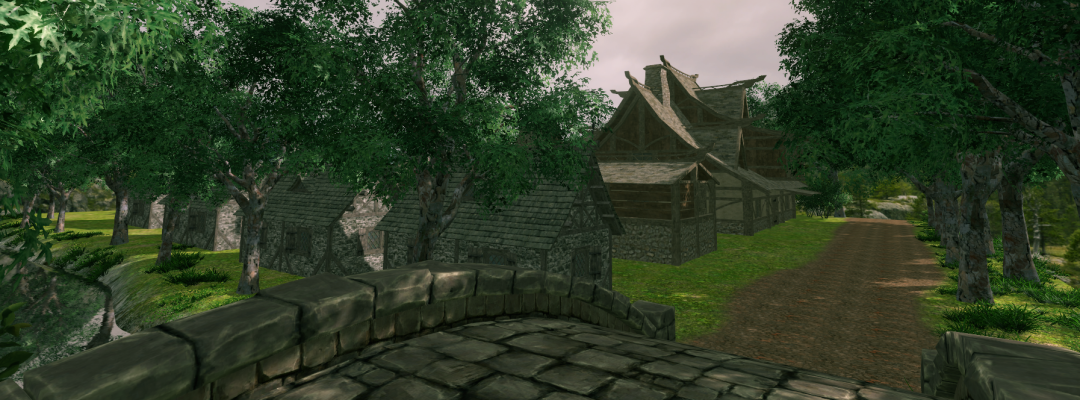
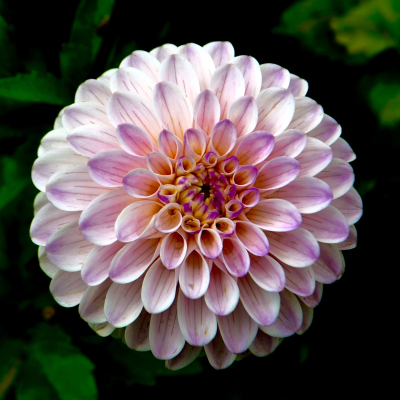
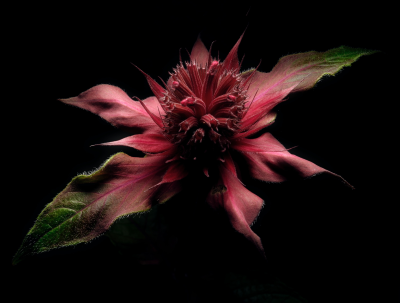


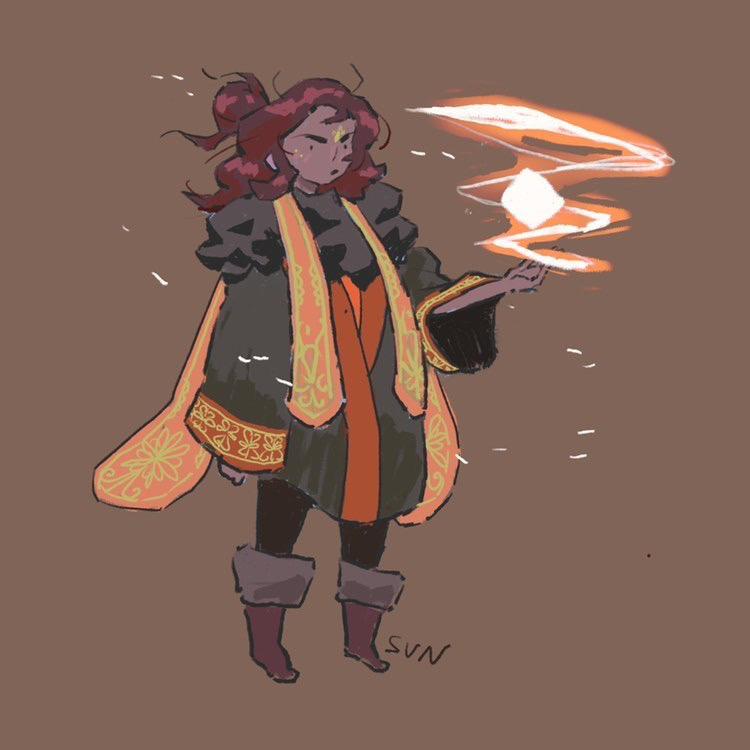

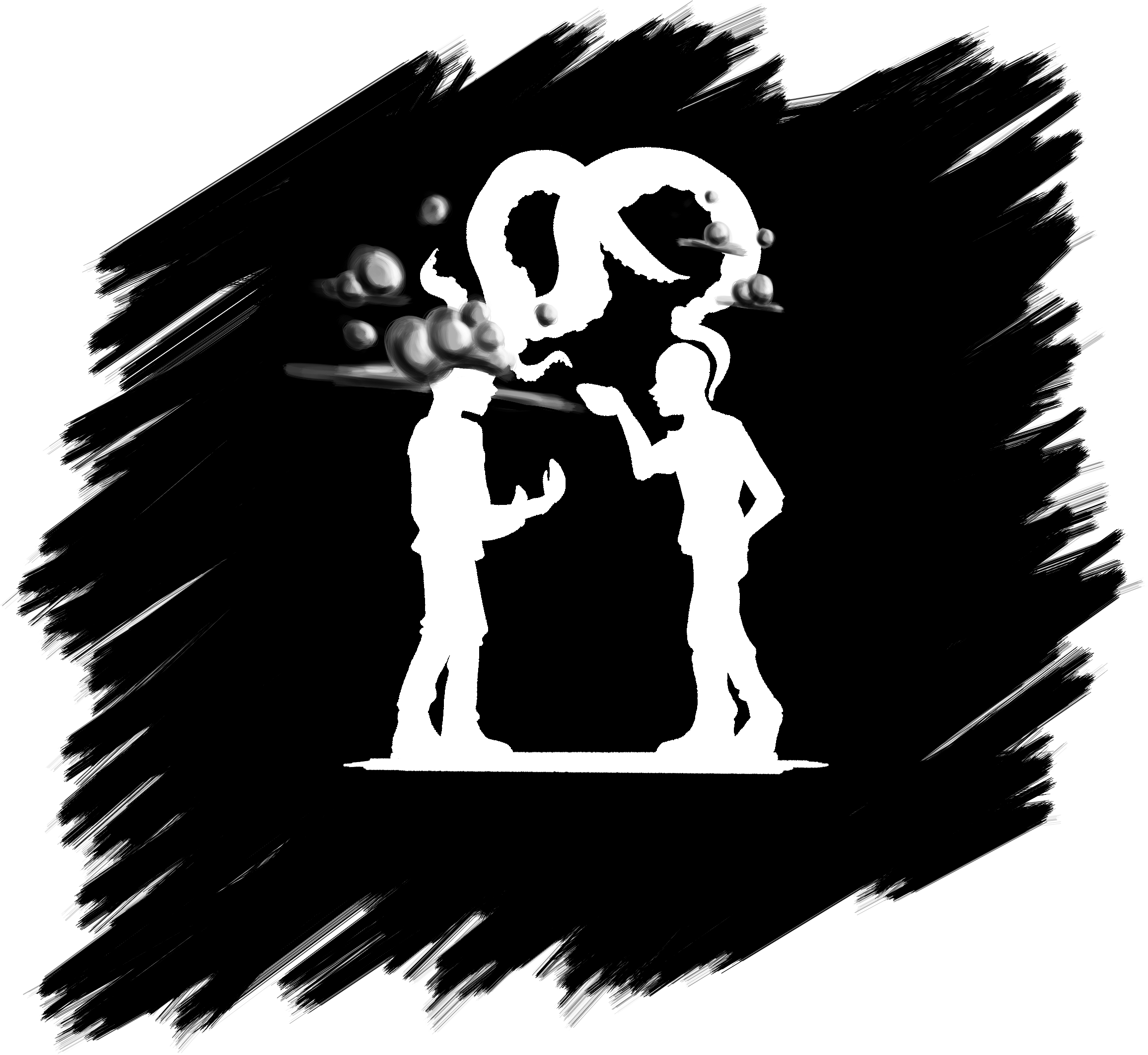
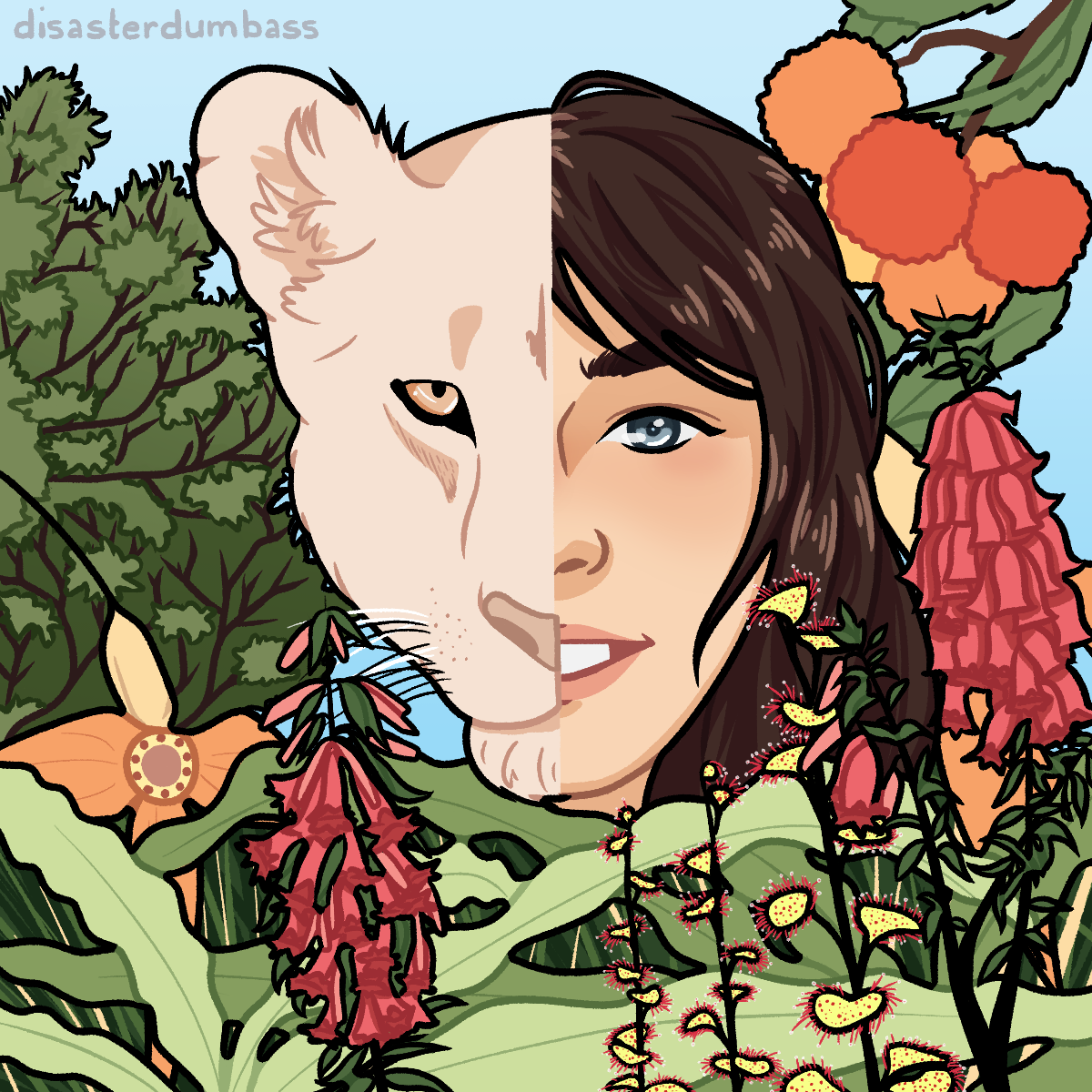







This is a great article. I love the idea behind this plant, and how poetic and nice it is for it to be left behind by a dead fey. The description are great and I like the contrast between both sorts of lowers. I have a few commets/suggestions: "The stem is crowed by a single flower blossom." Crowded felt like a weird word choice when there is only one flower. I would put the "growth" section nearer to the top since I was wondering about that earlier. I was a bit distracted by thinking about decomposing corpses lying around! I'm also wondering if in the few hours window between the death and the flower blossoming the corpse can be moved so people can choose where to have it grows? What would be the preferred location in those cases? In the garden of the next of kin? Or do all the feys prefer to avoid seeing the flowers and the reminder of the dead feys? In the next section you say that people try to find flowers in the wild to move it to their workplace. Is it not frown upon by the other feys? Also since the flowers are sentient, what's their opinion about being moved? Or do people not care if they can't speak with them? Is there any way to definitely kill the flowers? I'm also wondering about how the flowers communicate since they can't speak. You could add a tooltip with " Speak With Plants" – unless you plan to make an article about that later.
Thanks for the feedback! "Crowed" was indeed missing a letter, but it's "crowned", not "crowded". That's been fixed. The sequence of sections at the moment is governed by the template. I'm still considering whether or not to move everything to vignette and resequence. I might... I might not. You're correct... the fey aren't thrilled with people digging up their plants, which makes doing so all the more challenging (and all the more costly!) You could move the "remains" before/while the flower grows, yes. This introduces an even more dubious method of collecting them: killing a fey and "potting" it immediately. Not nice, but a potential adventure plot feature! It's not so much that the plants are "sentient"... perhaps a bit more than "ordinary" plants... but "Speak with Plants" is a thing, so I wanted to lay out some parameters for GMs that may need to deal with it. Something that annihilates matter completely would kill the plant. A "Sphere of Annihilation" is a popular thing in D&D and Pathfinder... A "Disintegrate" spell would probably do it too. I mention that Speak With Plants is a magical ability. In D&D, Pathfinder, and other systems, it's a spell that some casters - especially druids - can acquire. The communication this spell grants is usually telepathic since, as you point out, the flowers can't actually speak. Hope these explanations clear up a few things!
Laurels & Loot is a new, lightweight TTRPG rules system that hearkens back to the early days.
I like the changes you've made to the article since I last read it! This answers a lot of the questions I had :D
Thanks for the re-read! I do try to pay attention to comments and on-stream critiques. I admit I don't make use of every recommendation, but if it becomes obvious that something is unclear, I try to fix it. In this case, I added a few new lore bits that I hadn't fully formed in my mind at the time of the first writing. Hopefully, it improved the article!
Laurels & Loot is a new, lightweight TTRPG rules system that hearkens back to the early days.